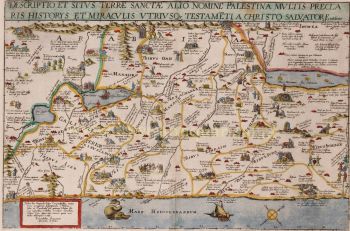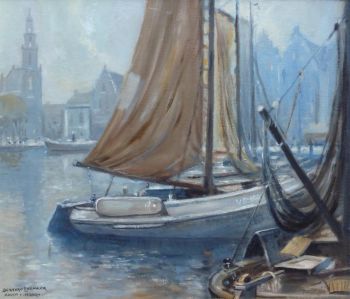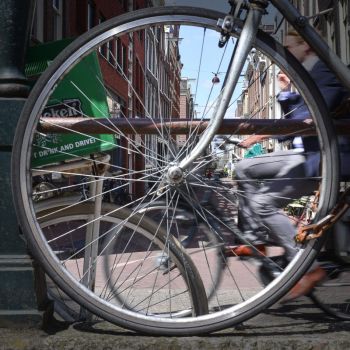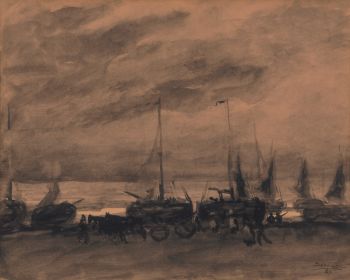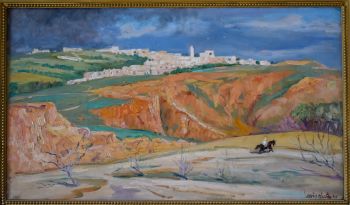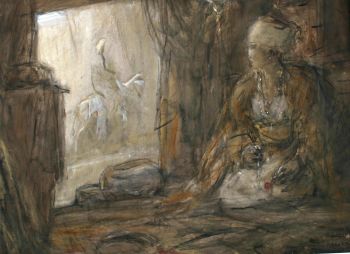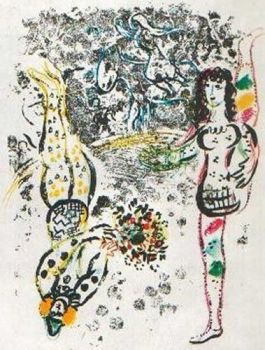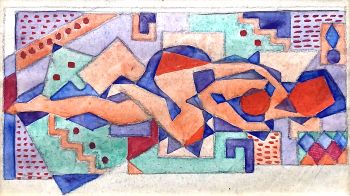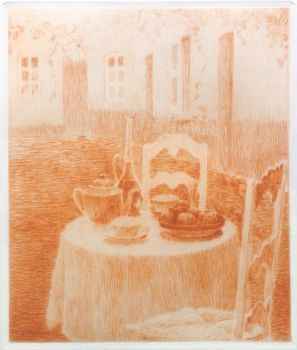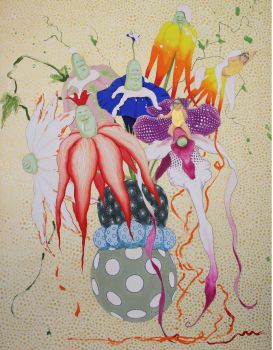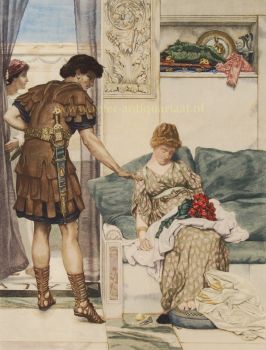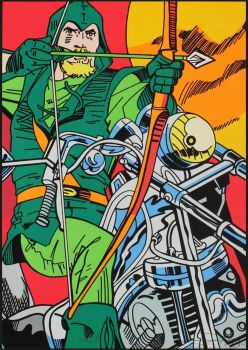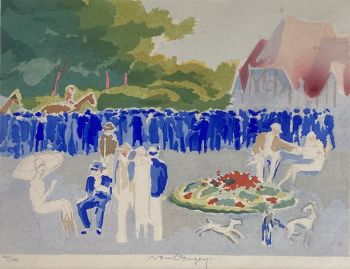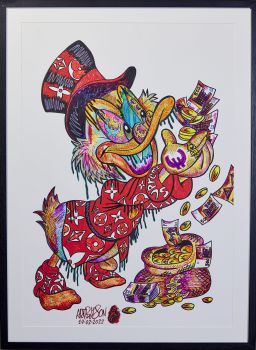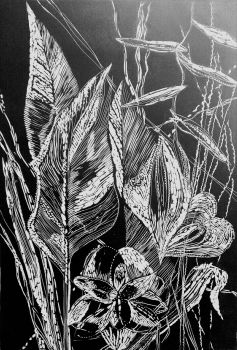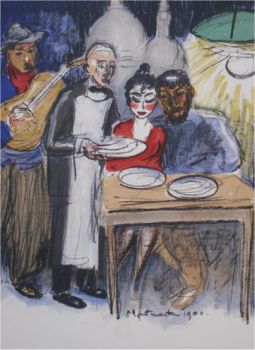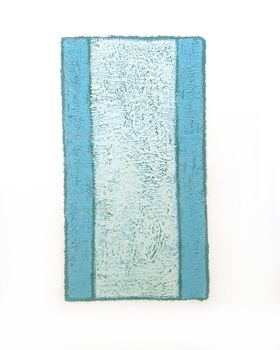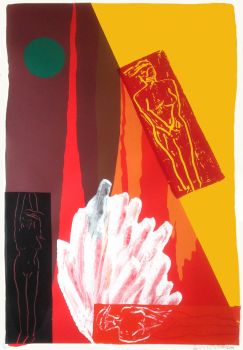1728 treaty between the Dutch Republic and the semi-autonomous state of Tripoli 1728
Artiste Inconnu
EncrerPapier
Actuellement indisponible via Gallerease
- Sur l'oeuvre d'artTractaat tusschen haar hoog mog. de Heeren Staten Generaal der Vereenigde Nederlanden, en de regeeringe van Tripoli. Geslooten in het jaar 1728.
The Hague, Jacobus Scheltus II, 1729. 4to. Modern paper-covered boards.
First edition, published in Dutch translation, of a treaty signed between the Dutch States General and Pasha Ahmed Karamanli (1686-1745), Turkish Muslim leader of the semi-autonomous state of Tripoli since 1711, when he killed the Ottoman governor and took the throne. The treaty, in 13 articles, guarantees the safety of Dutch ships trading at Tripoli and their crews (even when shipwrecked), sets restrictions on taxes (military supplies such as gunpowder, lead, iron, cannonballs and ships' masts are exempted). The governor of Tripoli is to see to it that the whole city is warned when one of the Dutch States General's ships drops anchor, so that all who own slaves can keep an eye on them to ensure they do not flee to the ship. Merchants under Dutch authority, whether Christians or Jews, are to be allowed to reside in the city unhindered, except for taxation.
In very good condition and untrimmed.
Knuttel 16776; for the treaty: A.H. de Groot, "Ottoman North Africa and the Dutch Republic ...", in: Revue de l'Occident Musulman ..., 39 (1985), pp. 131-147, at p. 144. - Sur l'artiste
Il peut arriver qu'un artiste ou un créateur soit inconnu.
Certaines œuvres ne doivent pas être déterminées par qui elles sont faites ou elles sont faites par (un groupe d') artisans. Les exemples sont des statues de l'Antiquité, des meubles, des miroirs ou des signatures qui ne sont pas claires ou lisibles, mais aussi certaines œuvres ne sont pas signées du tout.
Vous pouvez également trouver la description suivante :
•"Attribué à …." A leur avis probablement une oeuvre de l'artiste, au moins en partie
•« Atelier de …. ou « Atelier de » À leur avis, une œuvre exécutée dans l'atelier ou l'atelier de l'artiste, éventuellement sous sa direction
•« Cercle de… ». A leur avis une oeuvre de la période de l'artiste témoignant de son influence, étroitement associée à l'artiste mais pas forcément son élève
•« Style de … ». ou "Suiveur de ...." Selon eux, une œuvre exécutée dans le style de l'artiste mais pas nécessairement par un élève ; peut être contemporain ou presque contemporain
•« Manière de… ». A leur avis une oeuvre dans le style de l'artiste mais d'une date plus tardive
•"Après …." A leur avis une copie (quelle qu'en soit la date) d'une oeuvre de l'artiste
•« Signé… », « Daté… ». ou « Inscrit » À leur avis, l'œuvre a été signée/datée/inscrite par l'artiste. L'ajout d'un point d'interrogation indique un élément de doute
• "Avec signature ….", "Avec date ….", "Avec inscription …." ou "Porte signature/date/inscription" à leur avis la signature/date/inscription a été ajoutée par quelqu'un d'autre que l'artiste
Artwork details
Related artworks
Artiste Inconnu
Un rare filigrane un gobelet retortoli1550 - 1600
Prix sur demandePeter Korf de Gidts - Antiquairs
1 - 4 / 12Engelbert Kaempfer
LIVRE ENGELBERT KAEMPFER1651 - 1716
Prix sur demandeZebregs & Röell - Fine Art - Antiques
Tilmanus Nicolaus Maastricht
Missale Romanum avec montures en argent hollandais1788 - 1792
Prix sur demandeJacob J. Roosjen SRI
Antonie Derkinderen
Memory book Exhibition of Dutch Painting1892
Prix sur demandeKunsthandel Pygmalion
Hermann Nitsch
"UNDER MY SKIN" Signed book incl. small artwork and DVD in a matching box2010 - 2014
Prix sur demandeGallerease Selected
LAWRENCE WEINER
"SKIMMING THE WATER [MENAGE A QUATRE]" Signed book plus small artwork2010 - 2014
Prix sur demandeGallerease Selected
Yoko Ono
YOKO ONO: "ARISING" SIGNED BOOK PLUS SMALL ARTWORK 2010 - 2014
Prix sur demandeGallerease Selected
Engelbert Kaempfer
LIVRE ENGELBERT KAEMPFER1651 - 1716
Prix sur demandeZebregs & Röell - Fine Art - Antiques
Tilmanus Nicolaus Maastricht
Missale Romanum avec montures en argent hollandais1788 - 1792
Prix sur demandeJacob J. Roosjen SRI
1 - 4 / 22Bernard Leemker
'Volendammer vissersboten in de haven van Hoorn´20th century
Prix sur demandeGalerie Gabriëls
Elisabeth Treskow
Lapis lazuli afghan incrusté d'or sur un support en argent1950 - 1960
Prix sur demandeJacob J. Roosjen SRI
1 - 4 / 24Jean Metzinger
Cubist nude lying with bent leg, circa 19201910 - 1920
Prix sur demandeGallerease Selected
1 - 4 / 24

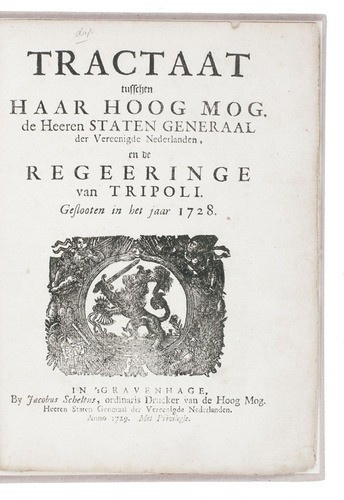



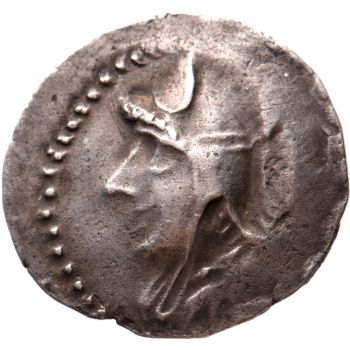

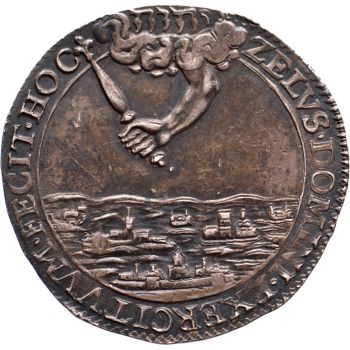

















!["SKIMMING THE WATER [MENAGE A QUATRE]" Signed book plus small artwork by LAWRENCE WEINER](https://media-2.gallerease.com/images/442bfd5f-fc31-4e18-a2fa-ee0c08eade64/350x350/skimming-the-water-menage-a-quatre-signed-book-plus-small-artwork.jpg)













